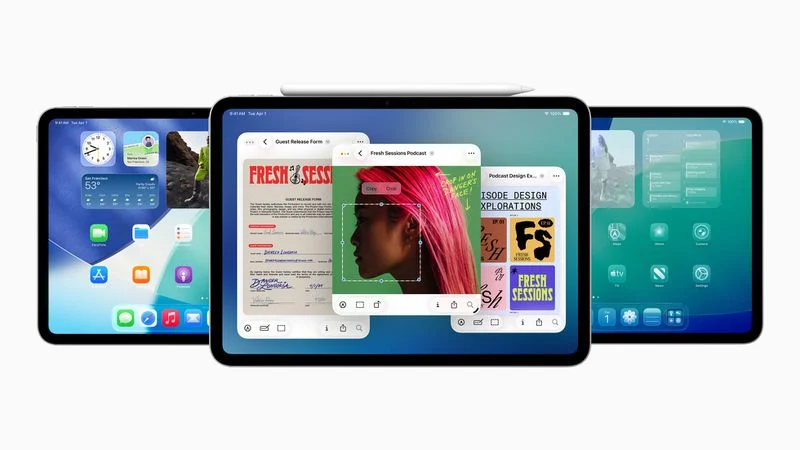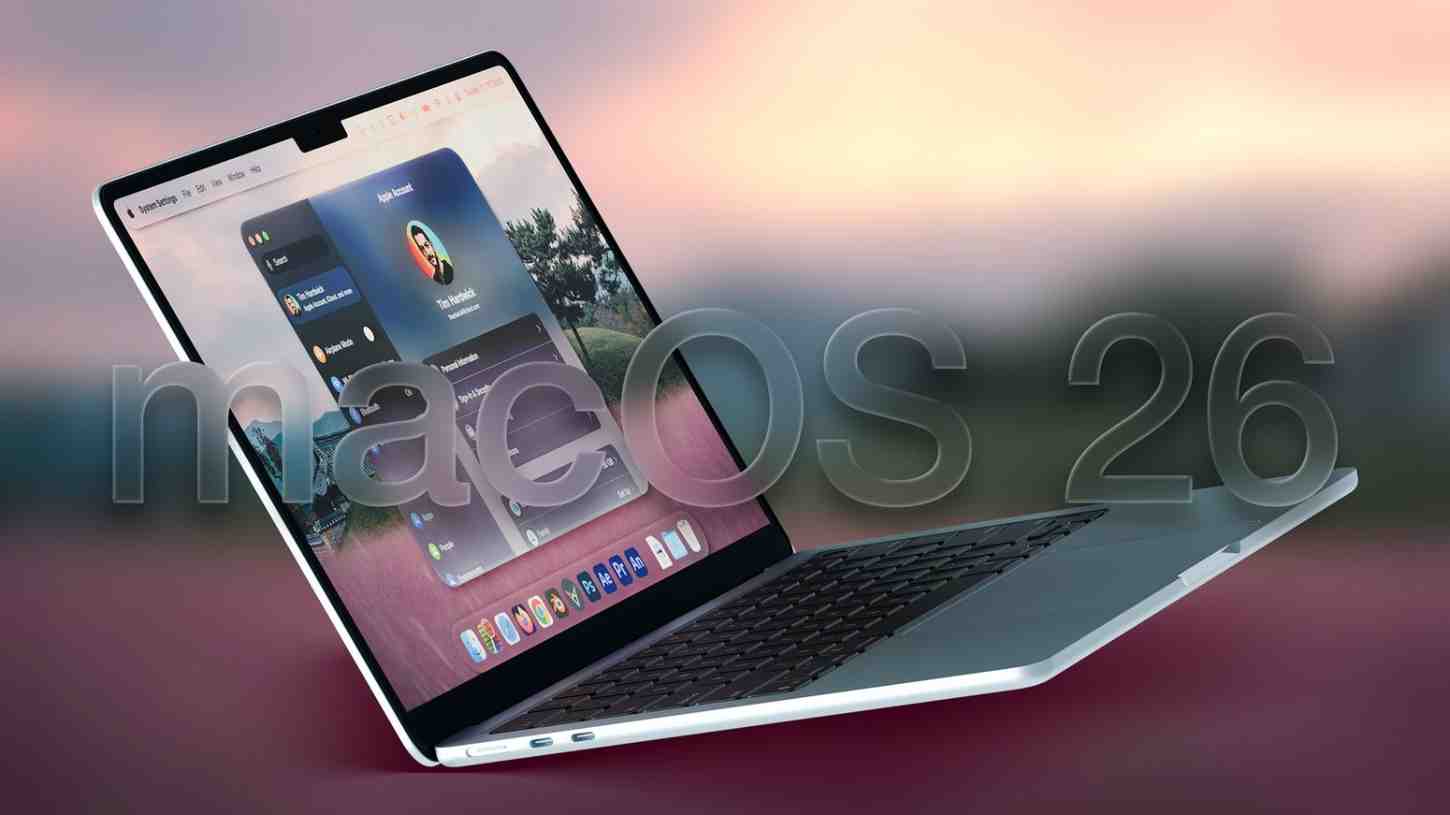The anticipated arrival of the AirTag 2 has sparked considerable excitement, but it also raises a pertinent question: is a simple refresh enough? While improvements to the existing AirTag are welcome, perhaps Apple should consider expanding the product line altogether. The concept of an “AirTag Max” emerges as a compelling possibility, addressing a key user concern and potentially opening up new avenues for the tracking device.
One of the most common criticisms of the current AirTag revolves around its battery life. While convenient notifications alert users to low power, the frequency of battery changes can become a nuisance, especially for those managing multiple AirTags. This frequent maintenance can detract from the overall user experience, creating a sense of constant upkeep.
Imagine a scenario where this concern is alleviated. The hypothetical AirTag Max would prioritize extended battery life, potentially offering years of use on a single charge. This would eliminate the need for frequent battery replacements, a significant advantage for users who rely on AirTags for tracking valuable items or luggage. While this extended battery life might necessitate a slightly larger form factor, the trade-off would be well worth it for many.
Consider the practicality of an AirTag Max attached to luggage or placed within a car. In such instances, the size of the device becomes less of a concern compared to the peace of mind offered by long-lasting battery life. Even for everyday use, a slightly bulkier AirTag Max could still be accommodated on larger keychains or within bags.
This approach aligns with Apple’s history of offering variations within its product lines. Just as the iPhone comes in different sizes and configurations, an AirTag Max would cater to users who prioritize longevity over absolute compactness. It’s a move that seems surprisingly absent from Apple’s current strategy, and one that could significantly enhance the AirTag’s appeal.
Beyond the realm of AirTags, recent rumors and reports offer glimpses into other potential developments within Apple’s ecosystem. The whispers of new iPads and an updated iPhone SE suggest a flurry of activity on the hardware front. While initial speculation pointed towards a January release, more reliable sources indicate a timeframe closer to April. This aligns with typical Apple release cycles and suggests a strategic rollout before major software updates.
The anticipation surrounding these potential releases is further fueled by the possibility of a new iPad Air, potentially featuring the powerful M3 chip. This would represent a significant upgrade for the popular tablet, offering enhanced performance and capabilities. The timing of this release, potentially alongside the new iPhone SE and base iPad, could create a compelling lineup for consumers.
Another intriguing development is the rumored “Invites” app. While details remain scarce, this potential addition to iOS has sparked considerable discussion. It’s unclear whether this will be a standalone application or a feature integrated into existing apps like Calendar or iMessage. Regardless of its form, the “Invites” app suggests Apple’s intention to streamline and enhance the process of managing and responding to invitations, potentially incorporating features like availability polling and simplified scheduling.
Finally, whispers of design changes for the iPhone 17 Pro have surfaced. Rumors suggest a potential shift away from the flat-sided design introduced with the iPhone 12, possibly returning to a more curved aesthetic. This could coincide with a move towards an aluminum frame, further differentiating the Pro models. While the specifics remain unclear, these rumors point towards a significant design refresh for the iPhone 17 Pro, potentially impacting both its look and feel.
In conclusion, the future of Apple’s product lineup appears dynamic and promising. The potential for an AirTag Max addresses a key user concern and opens up new possibilities for the tracking device. Coupled with rumors of new iPads, an “Invites” app, and design changes for the iPhone 17 Pro, it’s clear that Apple continues to innovate and refine its offerings, keeping consumers eagerly anticipating what’s next.







